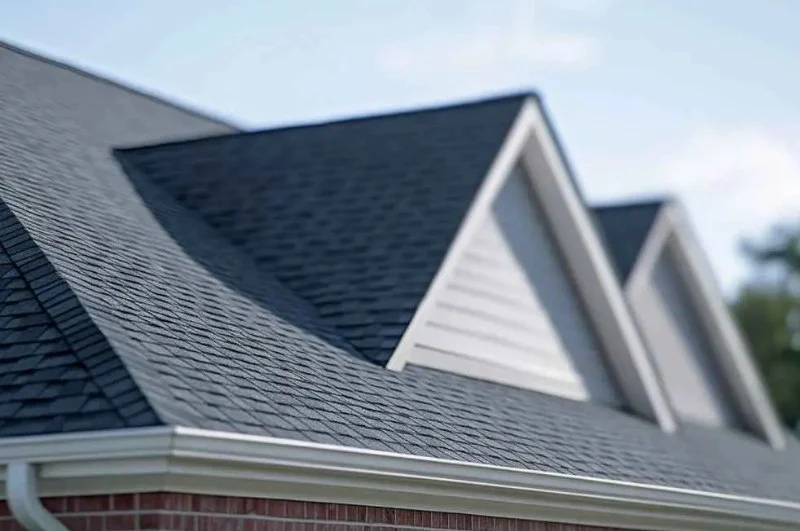
- 1- Understanding Climate and Roofing Choices
- 2- How Different Climates Impact Your Roof Material
- 3- Roofing Materials Best Suited for Harsh Winters
- 4- Choosing the Right Roof for Humid and Coastal Areas
- 5- How Temperature Extremes Affect Roof Longevity
- 6- Conclusion: Making the Right Roofing Decision for Your Climate
1- Understanding Climate and Roofing Choices
When choosing a roof for your home, climate plays a crucial role in the decision-making process. Roofing materials are designed to withstand specific weather conditions, and selecting the right material can ensure your roof’s longevity, durability, and overall performance. Whether you're dealing with the freezing winters of Canada, the humidity of the coast, or the heat of the southern regions, the type of roof you choose will directly impact its effectiveness. In this article, we'll explore how climate affects your roofing choices and help you make an informed decision for your home.
2- How Different Climates Impact Your Roof Material
Not all roofs are created equal, and different climates require different roofing materials. Understanding how specific environmental factors influence your roof will help you choose the most appropriate option for your area.
In areas with heavy snowfall or frequent freezing temperatures, such as parts of Canada, roofs must be built to handle the weight of snow and ice. This is why steep-pitched roofs are common in such regions; they allow snow and ice to slide off more easily, preventing damage from the weight and preventing ice dams.
On the other hand, coastal areas with high humidity and saltwater exposure require materials that are resistant to corrosion. Metal roofs are often a good option in these regions, as they provide a durable barrier against saltwater, which can cause rust on other materials. They are also resistant to mold and mildew growth, making them ideal for humid climates.
3- Roofing Materials Best Suited for Harsh Winters
In regions where harsh winters are common, such as northern Canada, you need a roof that can withstand the cold, snow, and ice. Here are some roofing materials that perform well in these environments:
- Metal Roofing: Metal roofs are incredibly durable and can handle the weight of snow and ice. Their ability to shed snow makes them ideal for snowy climates. They are also energy-efficient, reflecting sunlight in the summer and providing insulation in the winter.
- Asphalt Shingles: While not as long-lasting as metal, asphalt shingles are an affordable choice that performs well in cold climates. Many shingles are designed to withstand freezing temperatures and provide good insulation, making them a popular choice for homeowners in colder regions.
- Slate Roofs: Slate roofs are naturally durable and can endure the freeze-thaw cycles of winter without cracking or deteriorating. They are a premium option, but their lifespan and resilience make them a great investment in areas with harsh winters.
4- Choosing the Right Roof for Humid and Coastal Areas
In areas with high humidity or proximity to the ocean, roofing materials need to be resistant to moisture, mold, and corrosion. The constant exposure to moisture and saltwater requires roofs that can stand up to these elements without deteriorating prematurely.
The best roofing materials for coastal and humid areas include:
- Metal Roofing: As mentioned earlier, metal roofs are highly resistant to corrosion and moisture, making them a top choice for coastal areas. They can be treated with special coatings to further prevent rust and deterioration.
- Clay Tiles: Clay tiles are not only aesthetically pleasing but also durable against moisture and humidity. They are commonly used in coastal regions for their ability to resist mold growth and withstand harsh weather conditions.
- Concrete Tiles: Like clay tiles, concrete tiles are durable, moisture-resistant, and ideal for humid climates. They are also fire-resistant and energy-efficient, making them a great option for coastal areas.
5- How Temperature Extremes Affect Roof Longevity
Extreme temperatures—whether hot or cold—can have a significant impact on the longevity and performance of your roof. If you live in an area where temperatures fluctuate drastically between summer and winter, you’ll need to choose a roofing material that can withstand these temperature swings without cracking, warping, or deteriorating.
For example, areas with extreme heat and sun exposure require materials that can handle UV radiation without fading or becoming brittle. Metal roofs are excellent in these environments because they reflect sunlight, reducing heat buildup and extending the lifespan of the roof. Additionally, asphalt shingles can become brittle in extreme heat, so it's important to choose high-quality shingles designed to resist damage from UV rays.
6- Conclusion: Making the Right Roofing Decision for Your Climate
Choosing the right roofing material for your home is crucial to ensure that it stands up to your local climate and provides long-lasting protection. Whether you're dealing with harsh winters, humidity, or extreme temperatures, understanding how climate affects roofing materials will help you make an informed decision.
If you live in a region with harsh weather conditions, it's important to consult with a professional roofing contractor who can help you choose the best material for your home’s needs. For expert advice and top-quality roofing services, visit Pickering Roofing today!


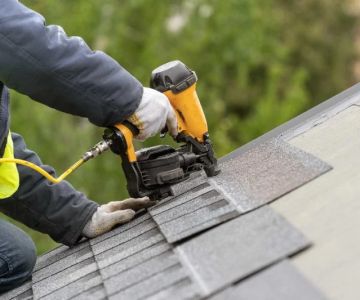

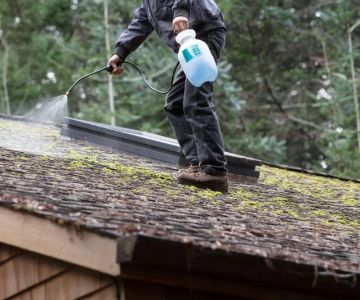
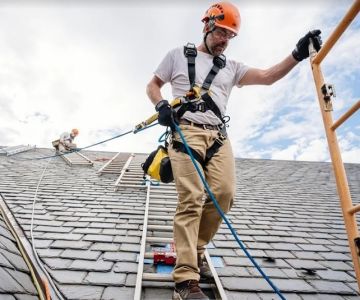
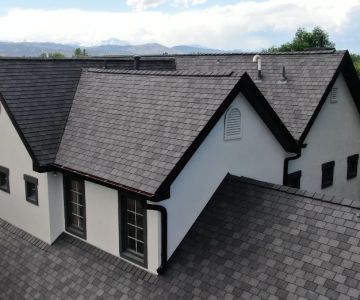
 Primo Roofing4.0 (9 reviews)
Primo Roofing4.0 (9 reviews) Above It All Roofing Inc5.0 (34 reviews)
Above It All Roofing Inc5.0 (34 reviews) Kitchener Affordable Roofing3.0 (3 reviews)
Kitchener Affordable Roofing3.0 (3 reviews) Aqwa Building Solutions4.0 (19 reviews)
Aqwa Building Solutions4.0 (19 reviews)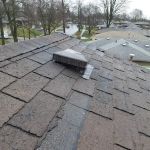 Living My Dream Roofing4.0 (21 reviews)
Living My Dream Roofing4.0 (21 reviews) ARF EXTERIOR CONSTRUCTION INC.0.0 (0 reviews)
ARF EXTERIOR CONSTRUCTION INC.0.0 (0 reviews)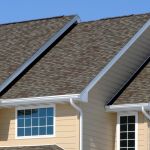 How Much Does a New Roof Cost in 2025? Canadian Roofing Price Guide
How Much Does a New Roof Cost in 2025? Canadian Roofing Price Guide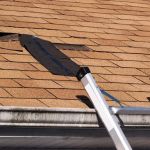 Top Signs Your Roof Has a Leak and What to Do About It in Canada
Top Signs Your Roof Has a Leak and What to Do About It in Canada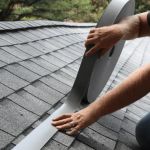 Can You Install a New Roof Over an Old One in Canada?
Can You Install a New Roof Over an Old One in Canada? The Top Questions to Ask Before Hiring a Roofer in Canada
The Top Questions to Ask Before Hiring a Roofer in Canada What Are the Most Common Roofing Scams and How to Avoid Them in Canada
What Are the Most Common Roofing Scams and How to Avoid Them in Canada How to Prepare Your Home for a Roofing Project in Canada
How to Prepare Your Home for a Roofing Project in Canada